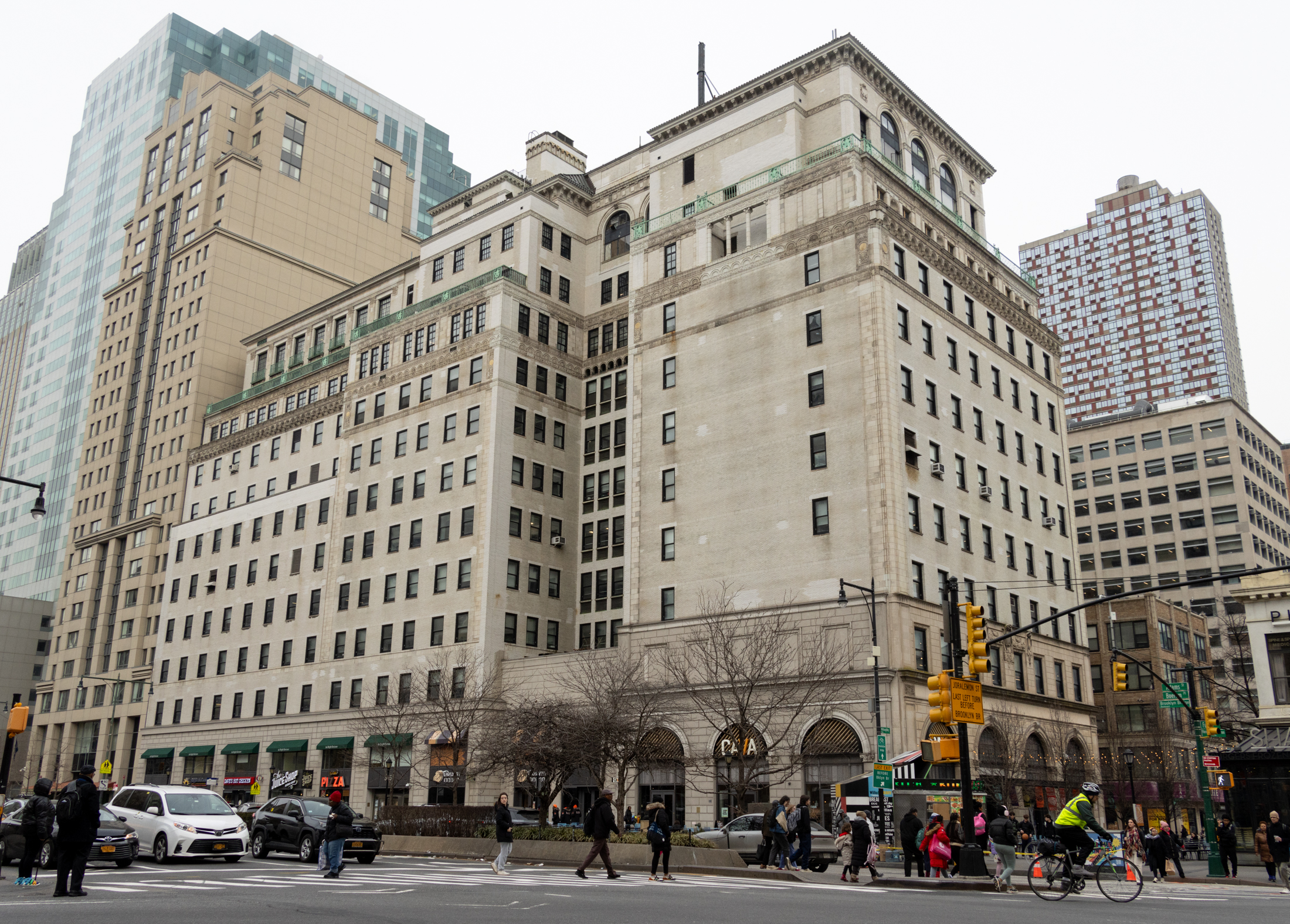Building of the Day: 1512 Beverley Road
Brooklyn, one building at a time. Here is a completely re-worked edition on a previously covered building. Name: Beverley Road BMT Subway Station Address: 1512 Beverley Road Cross Streets: Marlborough Road and East 16th Street Neighborhood: Beverley Square West Year Built: 1907, with extensive restoration in the 1990s Architectural Style: Mission/Spanish Revival Architect: Unknown Landmarked:…

Brooklyn, one building at a time.
Here is a completely re-worked edition on a previously covered building.
Name: Beverley Road BMT Subway Station
Address: 1512 Beverley Road
Cross Streets: Marlborough Road and East 16th Street
Neighborhood: Beverley Square West
Year Built: 1907, with extensive restoration in the 1990s
Architectural Style: Mission/Spanish Revival
Architect: Unknown
Landmarked: No, but on the list of the National Register of Historic Places (2004)
The story: I wish my subway stop had looked like this. This Spanish Mission train station always makes me think that, for just a couple of minutes, I’m not in New York City. That is until you hear people complaining, and then you get shoved around on or off the train. Oh yeah, I’m definitely still in New York.
The station is part of the old BMT Brighton line, which originally started at the edge of Prospect Park, at what is now the Prospect Park station, and ran to Brighton Beach, today’s Coney Island station. It was originally a privately owned railroad company established to take day trippers to Coney Island, beginning in 1878. By 1896, the train had connections with the Kings County Elevated Railway, which ran across the Brooklyn Bridge, so someone could easily commute to and from Lower Manhattan into Flatbush and beyond.
The turn of the 20th century corresponded to the development of the communities we now lump together as “Victorian Flatbush.” The first was the ambitious upscale development of Prospect Park South, by developer Dean Alvord. Just on the other side of Beverley Road, a go-getting entrepreneur named Thomas Benton Ackerman developed his communities called Beverly Square West and Beverly Square East. Both are very suburban enclaves, with large houses and gracious streetscapes.
The first station, here at Beverley Road, was designed to appeal to the commuters of Prospect Park South and the Beverleys. The train originally ran at street level, and stopped here at Beverly Road, amidst the homes. Ackerman persuaded the railroad company to build another station stop only a block away, this one on Cortelyou Road. This station let commuters out on a commercial street. Since they were only 600 feet apart, one could choose to be near one’s home, or near the grocery store to pick something up. These two train stations are the closest subway stops and stations in the entire system.
People liked the convenience of the train literally in their backyards, but they didn’t like the soot or noise. The first station here at Beverley Road was at the surface. By 1906, the tracks were lowered below grade, into a trench, where they remain today. The new station, completed in 1907, is located on a private right-of way.
It was designed in the popular Mission style, echoing some of the homes in the neighborhood. The Mediterranean tiled roofs, the pitched overhanging roofline, the bungalow-style design, they all can be found in homes here, making the station a contextual and pleasant sight in the neighborhood. You could almost overlook it, as the station blends in so well. It is a unique feature within the entire subway system.
Of course, like most of the city’s infrastructure, it was built well, and then totally ignored for 70 years. By the 1990s, it was in need of total restoration. Fortunately, the modernizing touches did not detract from the station’s charm, they enhanced it. They still need to work on the platform. The station features a picture window that allows one to see the tracks for miles to the south. It also features glass art by Patsy Norvell, called Garden Stops. The colors and patterns complement the neighborhood, and can be seen not just while in the station, but even from the platform below. For more photos, see this link at subwaynut.com.
(Photo: S.Spellen)










These days everyone goes on and on about how terrible it is to have the subway in your backyard.
Does anyone have a sense of whether this was an issue when this community was planned?
Since the houses and the subway line were built only a few years apart, surely the owners must have known that their new, meticulously planned, luxurious houses would have a subway line in the back, right? Did it bother them?
MM, you provided a very interesting explanation as to why the Beverley and Cortelyou stations are so close to each other. But are they really the closest stations? Two possible alternatives comes to mind. First, the Broadway Junction and Atlantic Aveue stations on the L line and Second, the Chambers St. and Park Row stations on the 2 and 3 lines. In both cases, it seems as if the last car does not leave the first station until after the first car has entered the second!
I guess, when it existed, the old Dean St. station on the Franklin Shuttle was situated even closer to the Fulton St. station; but that was then and not now.